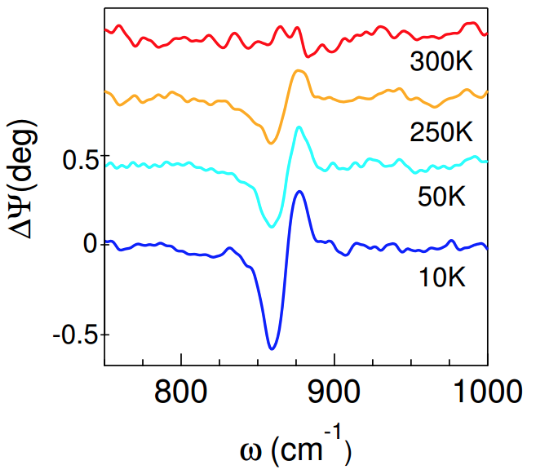Pascale Roy (Synchrotron SOLEIL)
The interest for two-dimensional electron systems (2DES) dates back, at least, to the observation of Wigner electron crystals on the surface of superfluid helium. However, the studies on the 2DES have reached their widest diffusion in solid state physics, through the fabrication of semiconductor-based etherostructures for the implementation of electronic and photonic devices. In the last decade, moreover, it has been discovered that a 2DES may form spontaneously in systems of extraordinary interest like graphene, topological insulators, and the interfaces between insulating oxides. In particular, an electron layer forms within the upper TiO2layer of a SrTiO3(STO) substrate, when a LaAlO3(LAO) film of a few nanometer thickness is deposited on it. As its thickness is less than 10 nm, it is often called a quasi-2DES (q-2DES). Among the intriguing properties of the LAO/STO q-2DES, one should mention both ferromagnetism below 1 K, and superconductivity below 200 mK, two phenomena which can also coexist.

Berreman effect (change of ellipsometric angle) caused by the quasi 2DES at the interface between crystalline LAO and STO, Data were taken at the beamline AILES of SOLEIL
Using Infrared spectroscopy at grazing incidence at the AILES beamline, we were able to detect longitudinal excitations in ultrathin films, to study the electrodynamics of the q-2DES at the LaAlO3/SrTiO3(LAO/STO) interface. From the Berreman resonance we have extracted at different temperatures the plasma frequency, scattering rate, density, and mobility, of the carriers and the thickness of the q-2DES, under both crystalline and amorphous LAO. Interestingly, in the latter case both the surface and volume carrier densities are higher than under crystalline LAO, while the mobility is comparable. This may indicate that the LAO/STO interface which results from the growth of an amorphous film can be highly doped, probably by oxygen vacancies, while maintaining good conductive properties. This result may be of interest for the present research effort aimed at exploiting the intriguing properties of the LAO/STO system.
A. Nucara, M. Corasaniti, A. Kalaboukhov, M. Ortolani, E. Falsetti, F. Miletto Granozio, F. Capitani, J.-B. Brubach, P. Roy, U. Schade, and P. Calvani, Infrared study of the quasi-two-dimensional electron system at the interface between SrTiO3 and crystalline or amorphous LaAlO3, Physical Review B (2018)
Résultats obtenus dans le cadre du projet AIR2DES financé par le thème 1 du LabEx PALM et porté par Pascale Roy (SOLEIL)